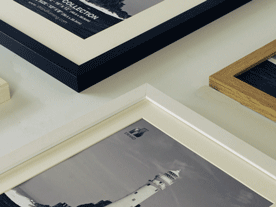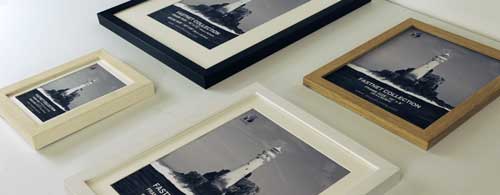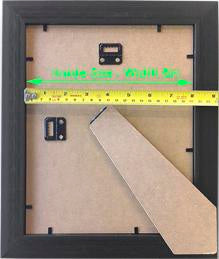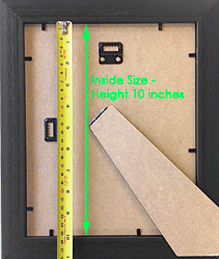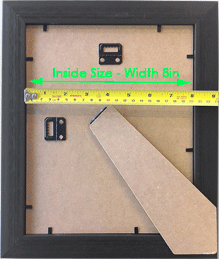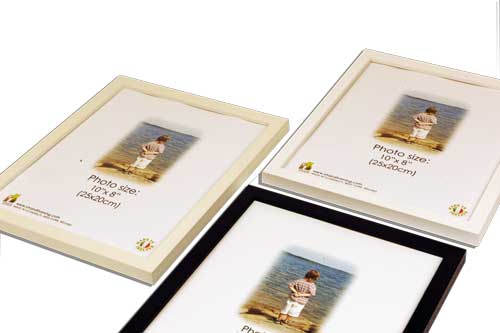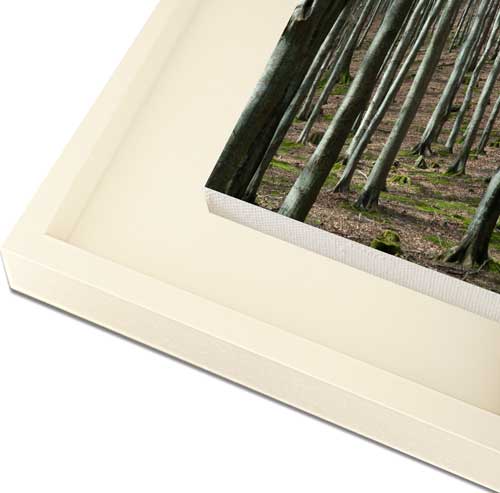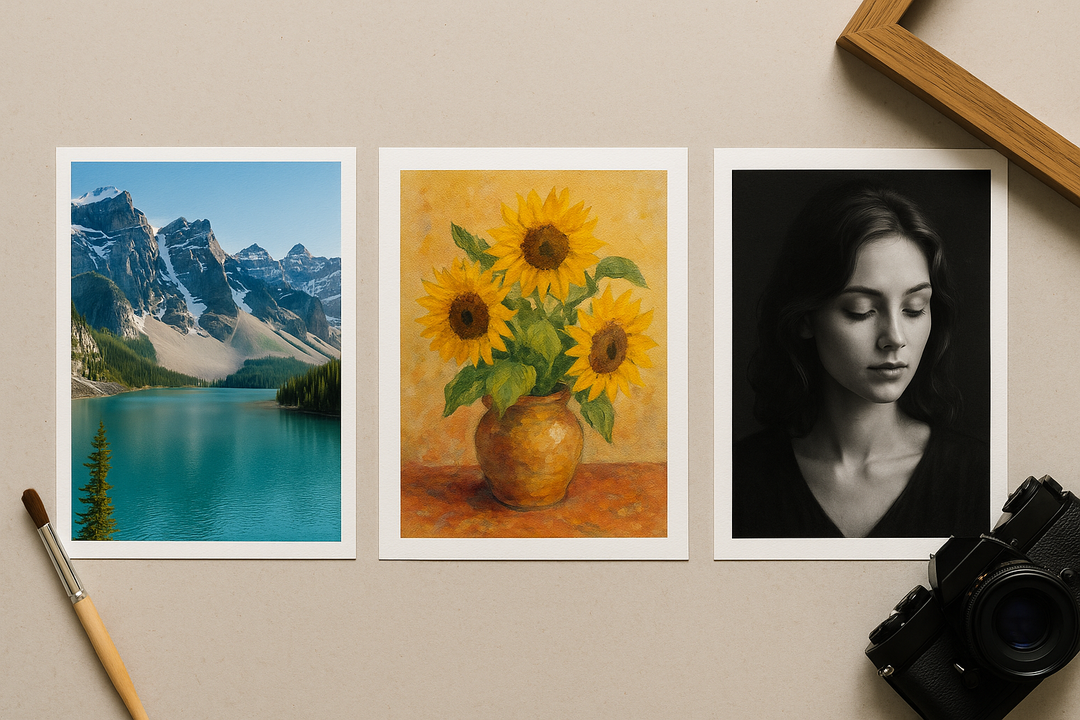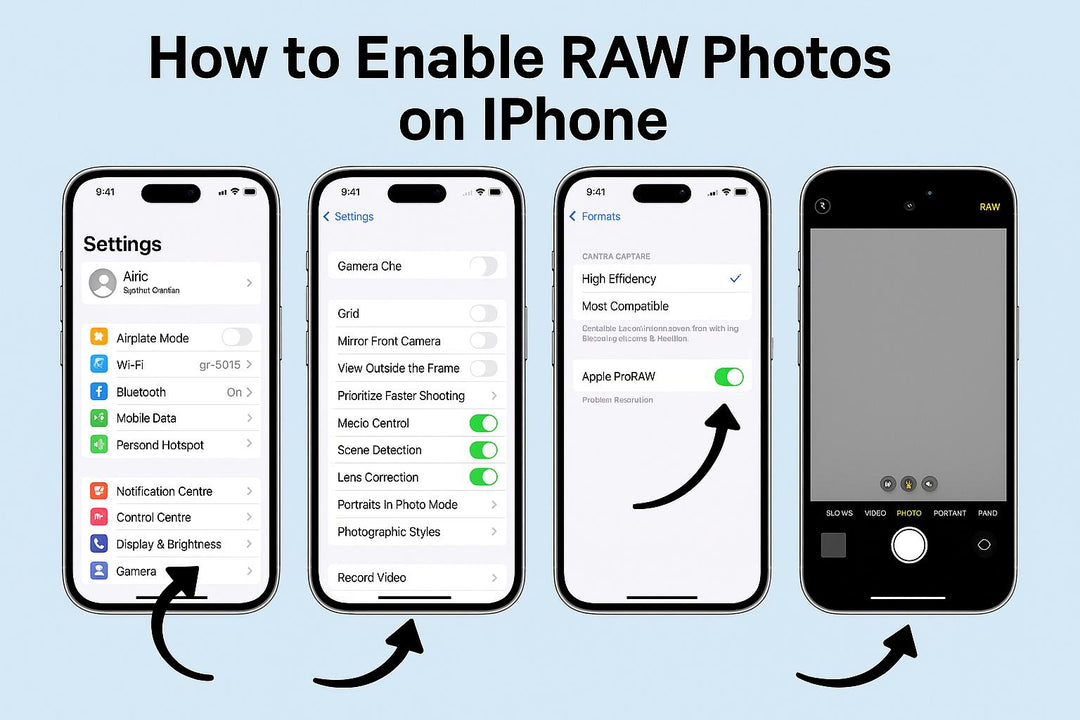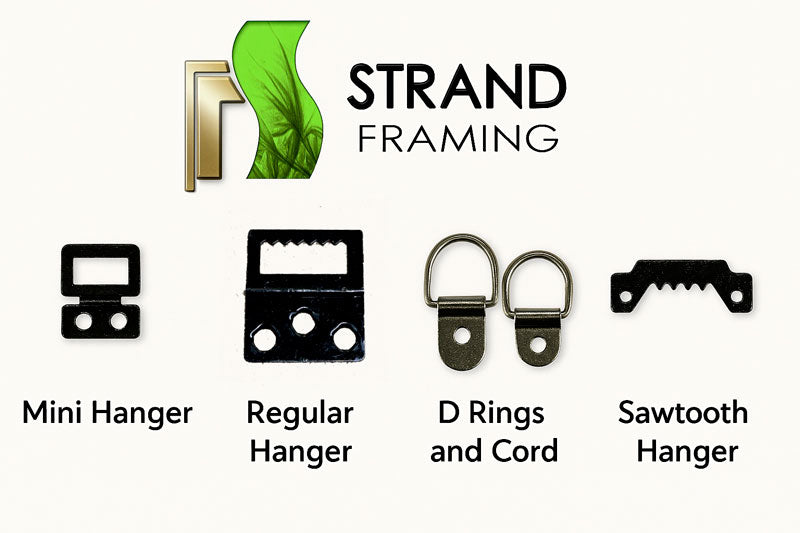What is acrylic glazing and how is it used in the picture framing industry?
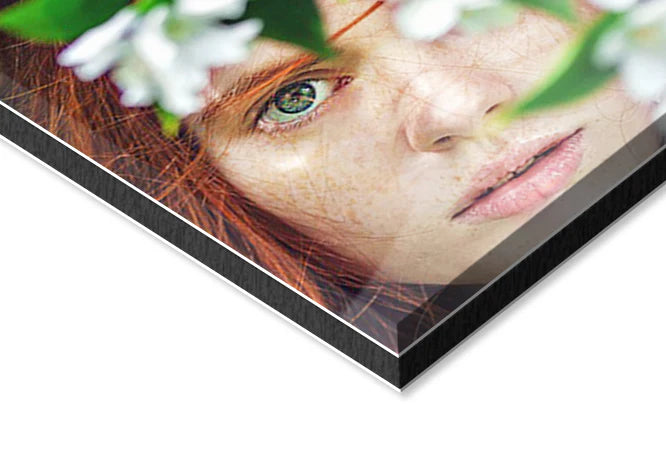
Perspex | Acrylic | Styrene | Plexiglass
Plastic glazing alternatives are used in the picture framing industry as a substitute for glass. They are known by a number of names including acrylic, perspex, styrene, plexiglass and polystyrene. The quality of these different plastic glazings can vary greatly and its important to understand the benefits and drawbacks of using plastic glazing alternatives.
Benefits of using plastic glazing alternatives for framing
Lightweight - plastic glazings are much lighter then glass and thus will be cheaper to ship as your framed piece will weight much less.
Shatter resistant - A major issue in shipping larger framed pieces with glass that the glazing is liable to shatter when shipped in frame sizes larger then 16 x 12in. This creates a massive headache for business owners as they must collect the item and reship a new item with no guarantee the same thing will not happen. Plastic.
Disadvantages of using plastic glazing alternatives for framing
Static Charge Debris - Acrylic and other plastic glazings are protected on both sides with a release wrapper or sticker like plastic sheet. This is removed to expose the glazings face. Once this wrapper is removed there is often a large static charge which will attract all the nearby dust on to the glazing. This can be problematic for finishing & cleaning the framed prints. Anti static guns and brushes can be used to reduce this charge.
Scratch Resistance - Acrylic and other plastic glazings are generally not as scratch resistant as glass. Care must be taken when handling and finishing framed prints to avoid scratching the glazing.
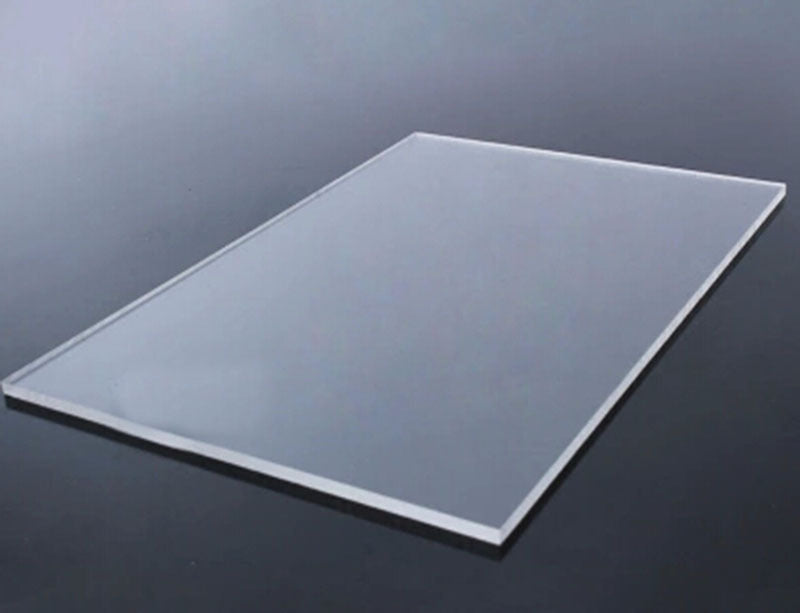
Which glazing is best for your framing project?
Glass
2mm Glass is the most widely used glazing for picture and photo frames. Glass is hard, scratch resistant, cost effective and transparent. The disadvantages with glass are it is heavy and it is brittle which means it can shatter easily.
AcrylicAcrylic has great levels of strength and clarity as well as high shatter resistance and half the weight. This makes acrylic ideal for larger sized frames and gallery customers looking for a high end product. This comes at a cost though and acrylic is our most expensive glazing option as we use cast acrylic made from virgin materials
Longevity outdoors before coloring is 25 years.
StyreneWith regard to cost effectiveness and shatter-resistance, Styrene is a great option for projects where shipping framed prints at larger sizes is critical at an economical price. The price of styrene is slightly more expensive then glass.
Longevity outdoors before colouring on the sheet is 5 years.- we have styrene glazing on the market for 7-8 years now with no colouring apparent indoors. However may not be suitable for projects with 10 year + lifespan required



